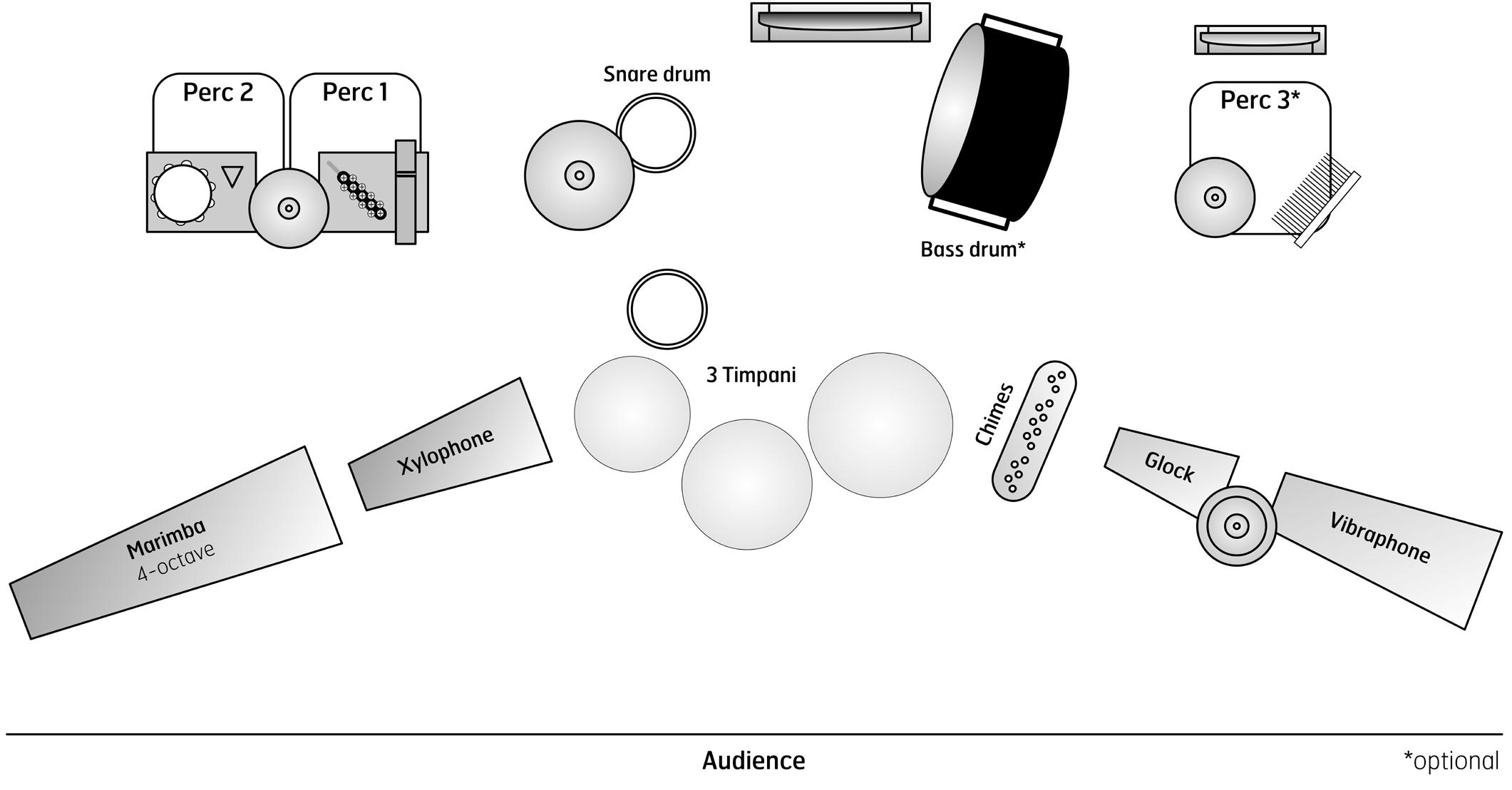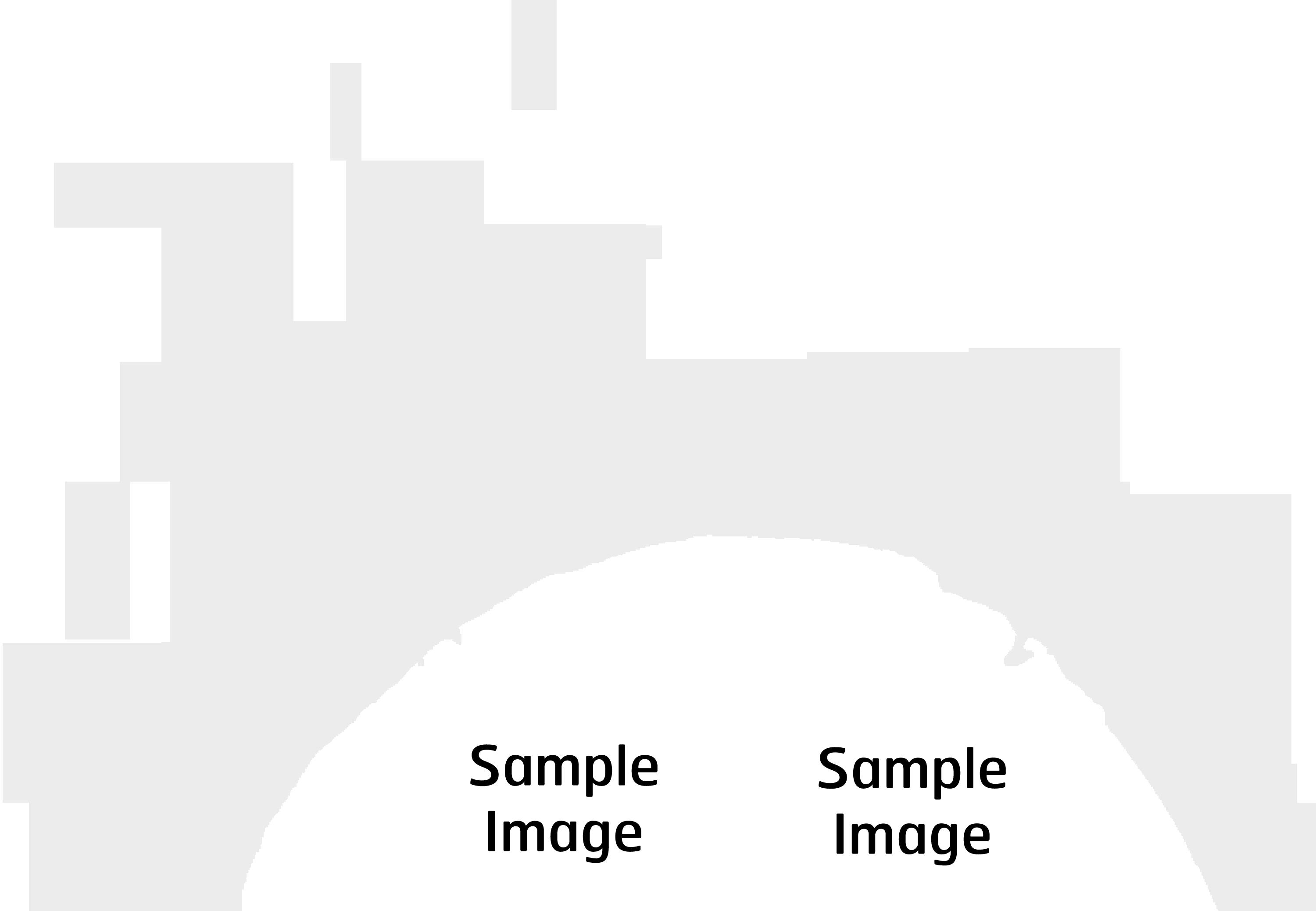Snowpocalypse by John Willmarth © 2024 Tapspace Publications, LLC (ASCAP). All rights reserved.
tapspace.com
Notice of Liability: Any duplication, adaptation, or arrangement of this composition requires the written consent of the copyright owner. No part of this composition may be photocopied or reproduced in any way without permission. Unauthorized uses are an infringement of the U.S. Copyright Act and are punishable by law. TSPCE24-019
PROGRAM NOTES
Snowpocalypse depicts the coming of a massive blizzard. Metallic timbres and descending lines depict falling snow and sleet, while dynamic swells and chromatic passages indicate swirling wind. Instruments such as sleigh bells and the slapstick give a winter flavor. Harmonic influences are taken from Vivaldi’s Winter and Beethoven’s Symphony No. 6. As the storm builds, the music becomes more intense through the use of dynamics and increased activity in the non-pitched percussion. After a climactic moment, the snowstorm subsides and the music returns to a peaceful state.
John Willmarth
PERFORMANCE NOTES
Written for 9 to 11 players, Snowpocalypse includes an optional audio accompaniment track that can add some extra dimension and atmosphere to the performance. It is entirely optional, and the piece works well without it.
If you choose to use the audio accompaniment, there are three versions included which you may use however best suits your needs and audio system:
1. Audio accompaniment only — This is what the audience will hear. You might find it sufficient to use this track by itself if you are able to monitor it while conducting the ensemble.
2. Audio accompaniment with click — This is the accompaniment track with a click track added. The conductor may choose to monitor this track by routing it to headphones and routing the Audio Accompaniment Only track to the house (so the audience doesn’t hear the click).
3. Click only — This can be used in combination with the Audio Accompaniment Only track if you prefer to dial in your own conductor’s mix.
As a warmup and precursor to learning the piece, I recommend playing the F minor scale using the primary rhythmic motif of the composition:



